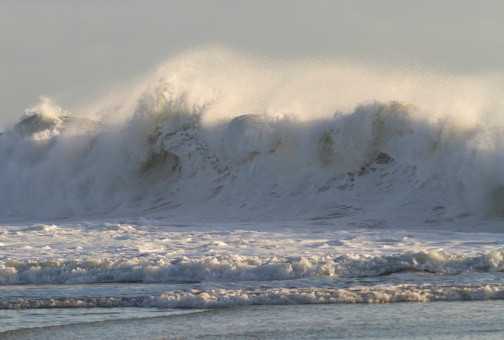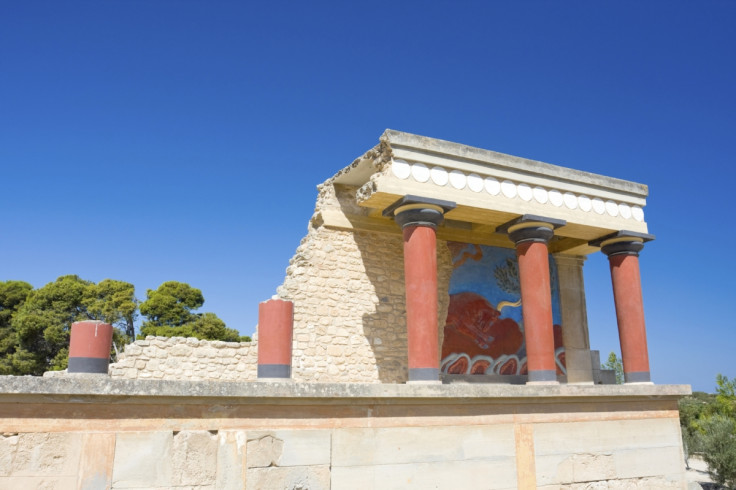What caused the tsunami that destroyed 'Atlantis'?
Volcanic material entering the sea may have caused a massive tsunami off the coasts of Crete.

The giant tsunami responsible for the demise of the ancient Minoan civilisation may have been caused by pyroclastic flow of volcanic material falling into the sea in the aftermath of the destructive Santorini volcanic eruption. This hypothesis contradicts previous reports that the waves were formed when the volcano's caldera collapsed.
In the past decade, research on the islands of Crete and Santorini has hinted that Greek philosopher Plato may have been inspired by a real-life tsunami event when he wrote the legend of Atlantis – the mysterious island that disappeared beneath the sea. The story may reflect the disappearance of the thriving Minoan civilisation, one of the most advanced in the late Bronze Age, after powerful waves submerged its land.
Archaeologists working at Minoan sites in Crete have indeed gathered evidence that huge waves at least nine metres high struck the coasts of Crete some 3,500 years ago. However, it is not clear what caused the tsunami.
The dominant hypothesis is that the Santorini eruption which occurred around that time – potentially one of the most catastrophic volcanic eruptions in history – is to blame. Scientists believe the volcano's caldera fell into the sea, and that this triggered the tsunami.
The research published in the journal Nature comes up with a new theory, showing with analysis of the sea floor that the caldera was not connected to the sea when it collapsed.
Flows of volcanic material
Tsunamis in the aftermath of large explosive eruptions are generated by rapid displacement of the sea surface – possible mechanisms include submarine explosions, entry into the sea of pyroclastic surges, caldera collapse and landslides.
The researchers, from the National and Kapodistrian University of Athens, analysed seismic data and conducted detailed examinations of the seabed beneath the caldera – the idea was to find out which mechanism was more likely in the case of the tsunami that destroyed the Minoan civilisation.

The data they processed suggests that the caldera was not open to the sea during the main phase of the eruption. However, it appears to have been flooded once the eruption ended. This flooding event lasted less than two days, but the data from the seafloor suggests is unlikely to have been related to the tsunami.
The scientists say an alternative explanation may be that large volumes of pyroclastic material flowing rapidly into the sea during the volcanic eruption may have displaced enough water to create a tsunami. This hypothesis is supported by the fact the scientists have identified pyroclastic deposits up to 60 metres thick not far from Santorini island.
There will most likely be a debate within the scientific community regarding these findings, although they have so far been well received: "This international team has made the best use of marine measurements and state-of-the-art modelling. Their results provide a convincing account of what might have happened at the time, and their conclusions can also be used for modern-day analogues of calderas close to the sea", Dr Philippe Blondel, tsunami expert from the department of Physics at the University of Bath, told IBTimes UK.
One thing is certain – after such a large tsunami, the Minoan culture would have rapidly disappeared due to damage to coastal towns, harbours, shipping and maritime trade as well as loss of lives.
© Copyright IBTimes 2025. All rights reserved.






















